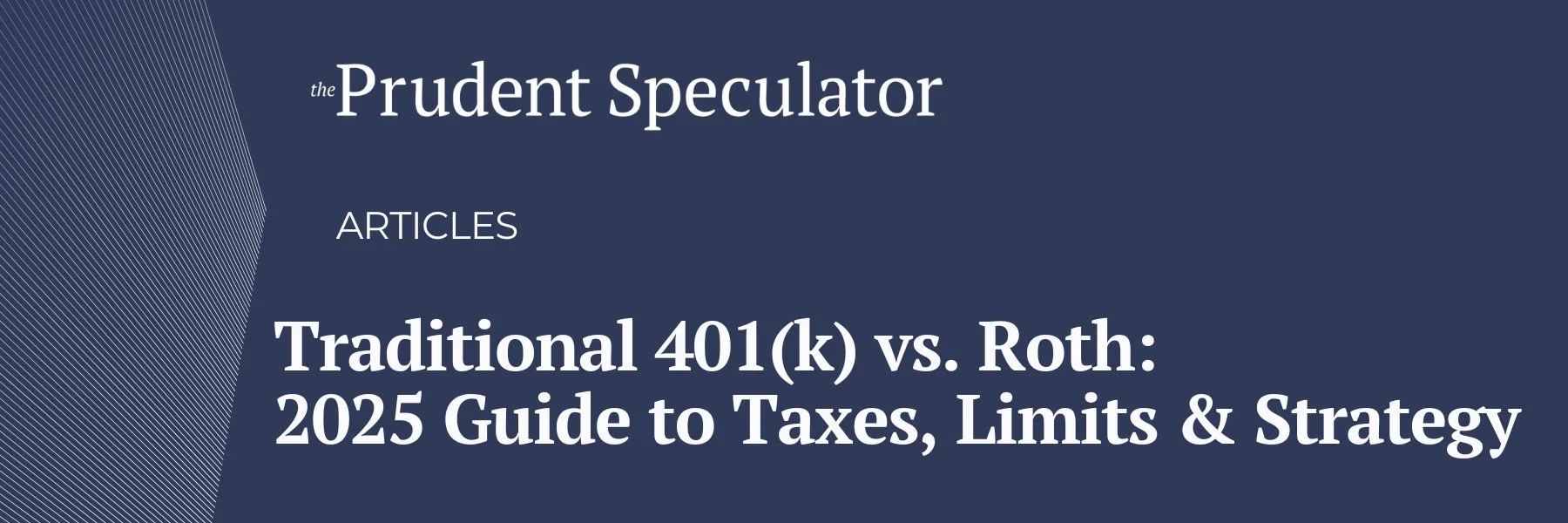The historically turbulent September Scaries for stocks (the September to October period) have once again introduced a familiar dose of market volatility for investors.

In the world of investing, where every participant seeks to gain an edge, the pursuit of deep value often requires one to venture down paths less traveled. Among these, deep value investing stands out as one strategy rooted in patience, discipline, and a willingness to dig where others dare not. This approach is one similar to the approach The Prudent Speculator has employed since our founding by Al Frank in 1977. It focuses on finding securities that are trading significantly below their intrinsic value, often using statistical metrics for analysis requiring a substantial margin for error, and typically less reliant on estimating future growth.
Understanding Deep Value Investing
At its core, deep value investing is about identifying assets that are priced at a significant discount to their true worth. Deep value investing seeks out situations where the market’s mispricing is profound. These are often companies that have fallen out of favor due to temporary issues, market overreactions, or macroeconomic factors that do not reflect the underlying strength of the business.
A deep value investor is akin to a treasure hunter, sifting through the debris of market castaways to find the overlooked gems. This might mean buying into companies that are facing severe distress, those with management issues, or industries going through cyclical downturns. The key lies in a thorough analysis, where the investor differentiates between temporary setbacks and permanent impairments.
The Importance of Margin of Safety
One of the foundational principles in deep value investing is the margin of safety. This concept, popularized by Graham and echoed by other investors like Seth Klarman, refers to the buffer that exists between the purchase price of an asset and its intrinsic value. When an investor buys at a deep discount, the margin of safety protects against errors in judgment, unforeseen market events, or changes in the business environment. It is this margin that allows deep value investors to sleep well at night, knowing that their downside risk is minimized, while the upside potential remains substantial.
Patience as a Virtue
Deep value investing is not for the faint of heart. It requires a temperament that is comfortable with holding positions for extended periods, often in the face of continued market pessimism. Although unpredictable, time should be considered an ally for investors, allowing the underlying value of their investments to eventually be recognized by the market.
In this strategy, the patience to wait for the right opportunity is just as crucial as the patience to hold onto investments as they navigate through their troubled waters. The market can remain irrational longer than one might expect, but eventually, we believe value will out.
Challenges With Deep Value Investing
A critical challenge in deep value investing is distinguishing between a genuine bargain and a value trap—a stock that appears cheap but is fundamentally flawed. This requires rigorous due diligence. Investors must delve deep into financial statements, understand the business model, assess management’s track record, and consider industry dynamics. A clear-eyed view of the company’s future prospects is essential to avoid being lured into investments that are cheap for a reason.
Conclusion
Deep value investing is not merely about buying low; it’s about finding tremendously mispriced assets backed by thorough analysis, buying with conviction, and a belief in the market’s eventual recognition of value. It is a strategy that demands resilience, discipline, and a willingness to stand apart from the crowd. In the end, for those who can master the art, deep value investing offers the potential for outsized returns, making it a cornerstone of any prudent investment philosophy.
Kovitz Investment Group Partners, LLC (“Kovitz”) is an investment adviser registered with the Securities and Exchange Commission. This article should only be considered as a tool in any investment decision and should not be used by itself to make investment decisions. Opinions expressed are only our current opinions or our opinions on the posting date. Any graphs, data, or information in this publication are considered reliably sourced, but no representation is made that it is accurate or complete and should not be relied upon as such. This information is subject to change without notice at any time, based on market and other conditions. Past performance is not indicative of future results, which may vary.




